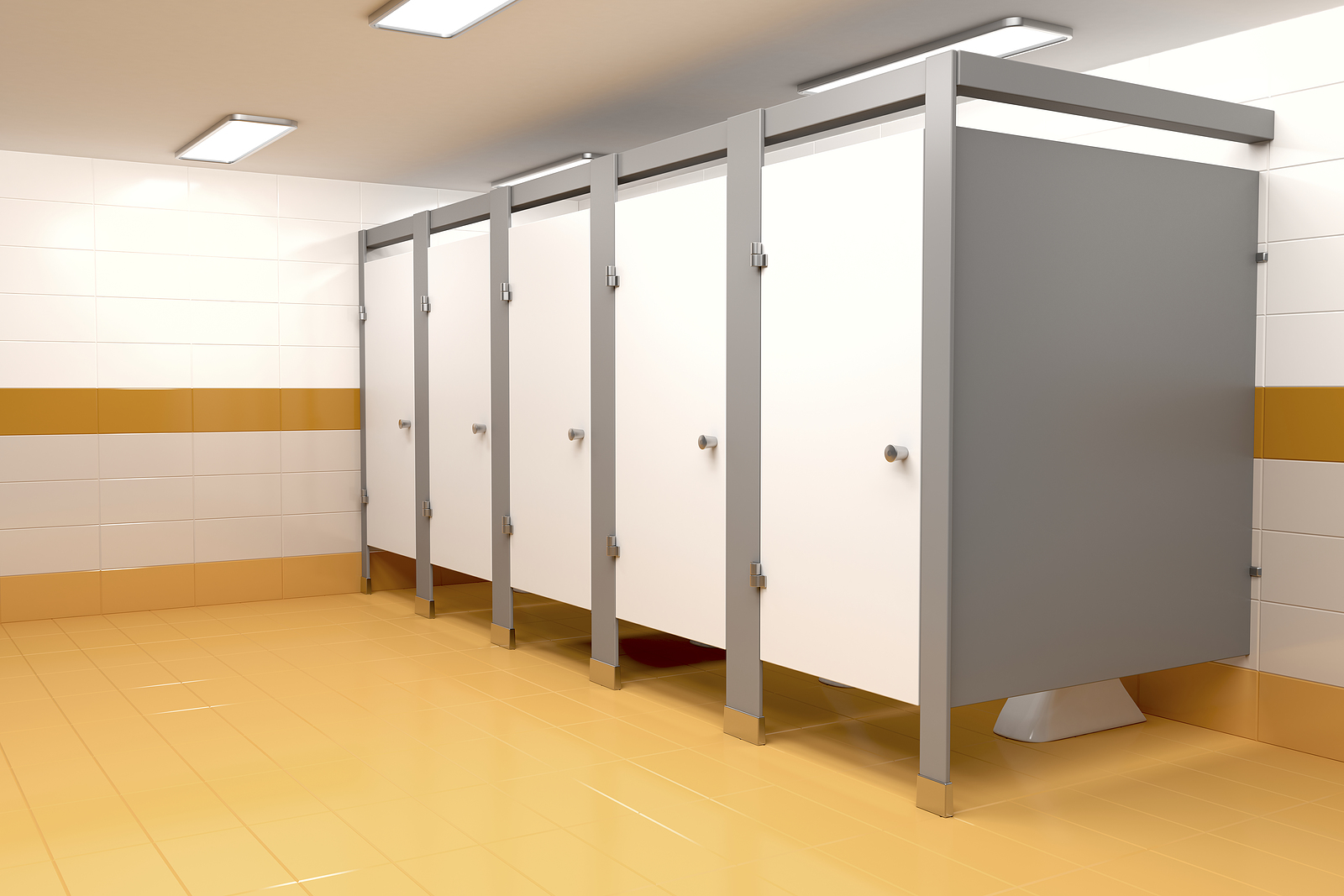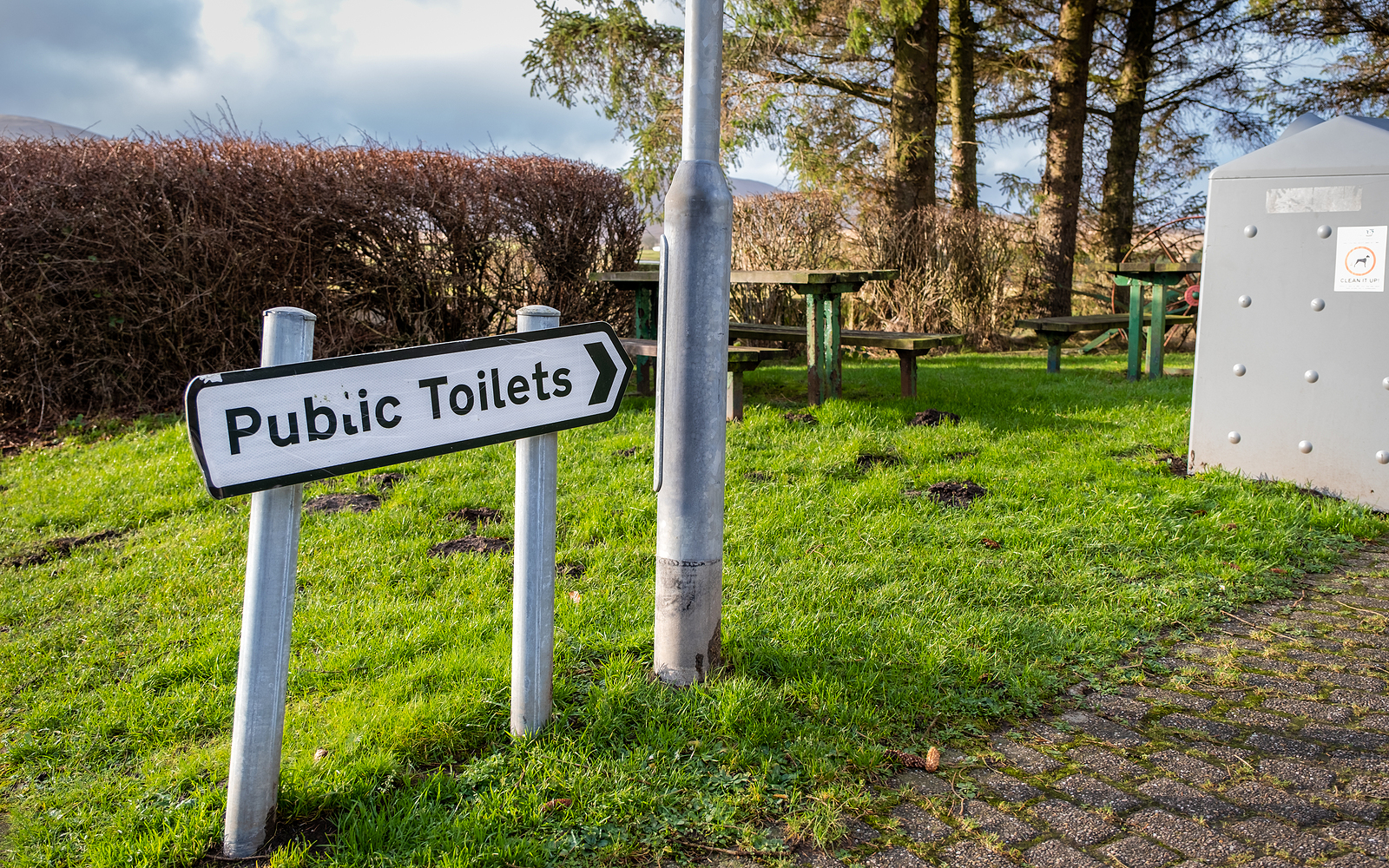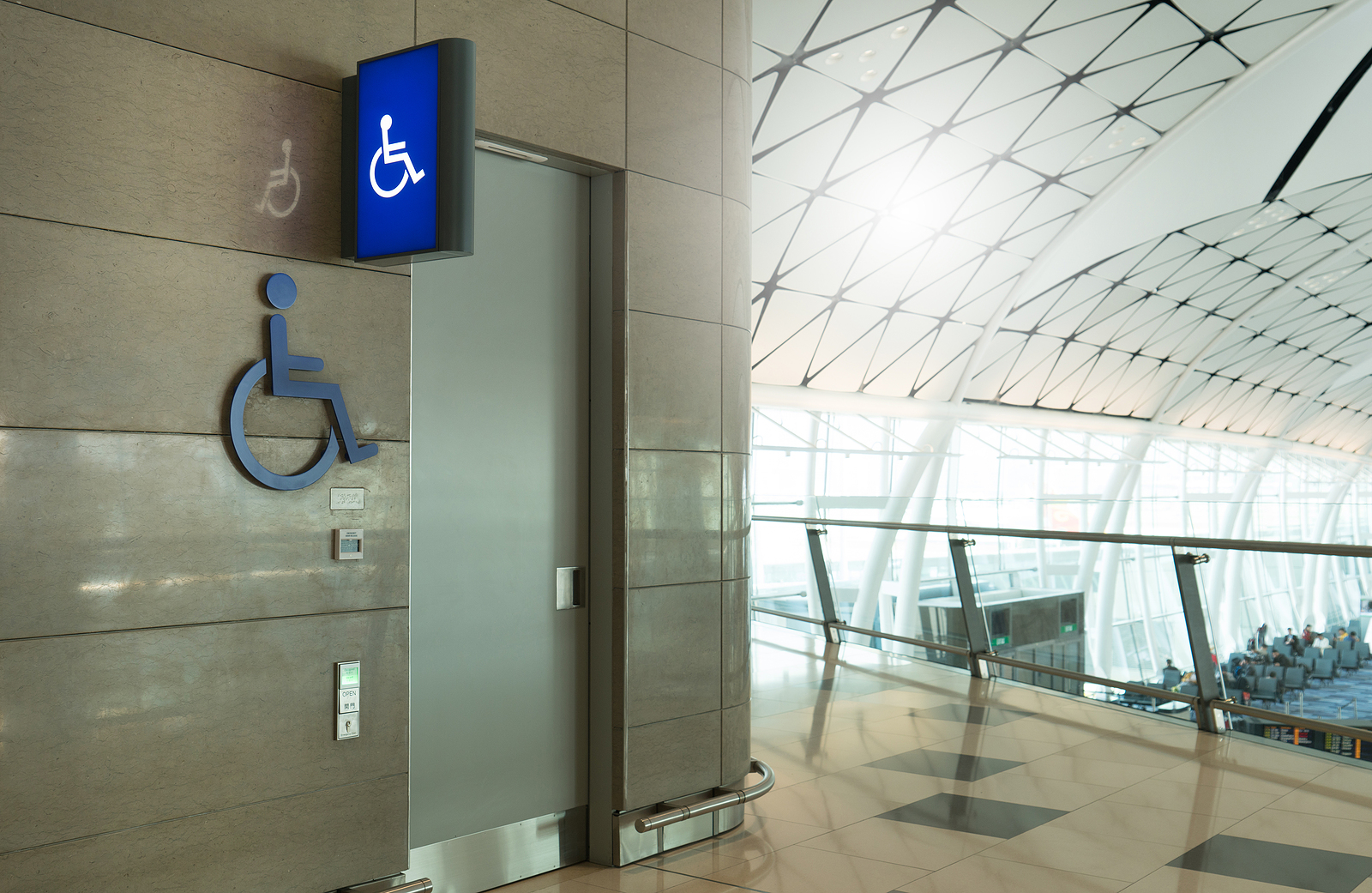

Every aspect of the design of a public washroom is carefully considered and designed, from the shape and materials of the urinals to the height of the sink, but the reason for the shape of toilet cubicle doors is not quite as universally defined.
Much of this is covered by building regulations, as covered in the Approved Documents, which document four standard types of toilet cubicles for public washrooms. However, whilst the effective opening width is covered within the regulations, the operating height is not.
This means that doors can sometimes be made to measure to reach from the floor to the ceiling, can be as tall as the cubicle height itself, or could potentially more closely resemble saloon doors in height.
There are a few reasons for this, both in the UK and internationally, where regulations surrounding cubicle dimensions are not covered by the Approved Documents.
Easier To Clean
Washrooms need to be cleaned regularly, which means that any efficiency boost is highly desirable.
A gap underneath the door frame makes partitioned washrooms much easier to clean, as the whole floor can be cleaned using a hose or power washer without having to open the doors.
There is room for water to run and drain, which can help to ensure the best possible clean, and was believed to have been the motivation for architect Frank Lloyd Wright to use them in the now-demolished Larkin Building.
It also means that if there is a malfunction or broken toilet, it is far easier for a cleaner, janitor or member of the maintenance team to spot it and fix it.
Cheaper To Buy
Whilst made-to-measure floor-to-ceiling cubicles are very much an option, most cubicles are bought as a specific kit of panels made to a standard size.
Allowing for a gap above and below the cubicle means that every component can be made to a standard size, the cubicle can be sold as a complete pack that is cheaper to make, easier to assemble and reduces the overall cost of creating a washroom.
This also allows for the benefits of prefabrication as well as the use of fewer materials, with cost savings passed onto the customer.
It also allows for toilets in regions with different regulations and standards to be made smaller but still remain accessible, allowing for more cubicles to be fitted into a washroom. In the United States, for example, the minimum width is measured in terms of toe width.
Similarly, having gaps allows for the entire washroom to use a universal set of lights, rather than having to fit individual lights per cubicle, which can also add to the cost savings.
Improved Safety
One of the biggest reasons that gaps above and below the cubicle door are so common is that they are more accessible in the event of an emergency.
A small gap allows people to check if someone has fallen unconscious, and the larger gaps found most commonly in the United States allow emergency services staff to crawl underneath the door and open it.
It is a similar principle to why disabled access toilets open outward; they help ensure people can get in to assist in the event of a trip or fall.
As most pieces of furniture in a washroom are extremely solid, there is a risk that a fall can cause a serious injury, and in situations where emergency treatment needs to be provided immediately, the sooner a problem is detected the better the outcome.
It also improves air circulation within the cubicle without the need for additional equipment within the cubicle itself, which could mitigate the risk of health issues in the first place.
Finally, if there is a jammed lock or damage to the door which stops it from opening normally, people can either crawl under or potentially climb over the door if necessary.
Deters Behaviour Without Significantly Affecting Privacy
Washrooms in public buildings are sometimes concerned with behaviour in breach of either the rules of the establishment or the law, such as smoking, vaping, indecent activity, vandalism or other criminal acts.
The partial visibility of a cubicle with gaps in it maintains much of this privacy, but people could see and hear potentially illegal acts, such as smoke billowing over and below the door. This allows issues to be reported and perpetrators to be apprehended.
On a less criminal level, it also lets people see at a glance which cubicles are occupied without having to get close enough to the door to see the lock or if the door is ajar, as well as check to see if someone has remained in the bathroom for an inordinately long period of time.




